It’s not uncommon for dogs to encounter mushrooms on walks, especially in the Autumn, and some dogs may find them a fun snack. But can dogs eat mushrooms? It is essential that owners know the dangers that wild mushrooms pose to their dogs and what to do if they suspect their dog has eaten a mushroom, as it could save their life.
There are thousands of species of mushrooms in the UK and although most of them are safe to eat, others are extremely dangerous if eaten by our dogs and can cause serious symptoms or even death. The difficulty is that it is extremely difficult to determine non-poisonous mushrooms and poisonous mushrooms. Therefore, the safest option is not to feed your dog wild mushrooms and to contact your vet immediately if you suspect they have.
Which Mushrooms are poisonous to dogs?
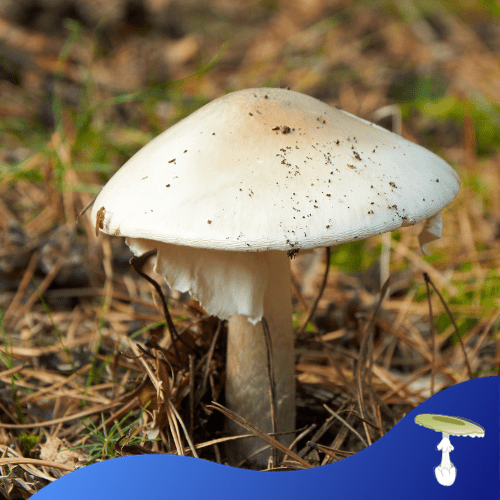
Death cap (Amanita phalloides)
The world’s most deadly fungus and it’s common in England. The death cap is responsible for most fatal mushroom poisonings worldwide.
Where: it grows on the ground in broadleaved woods.
When: August to November.
Deadly webcap (Cortinarius Rubellus)
A deadly poisonous fungus. It’s rare in the UK, but responsible for several deaths in Europe.
Where: in coniferous pine and spruce woods. It grows on the ground, often among heather and bilberry.
When: August to November.
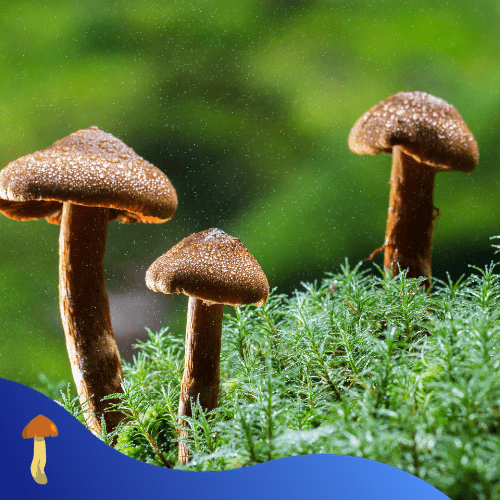
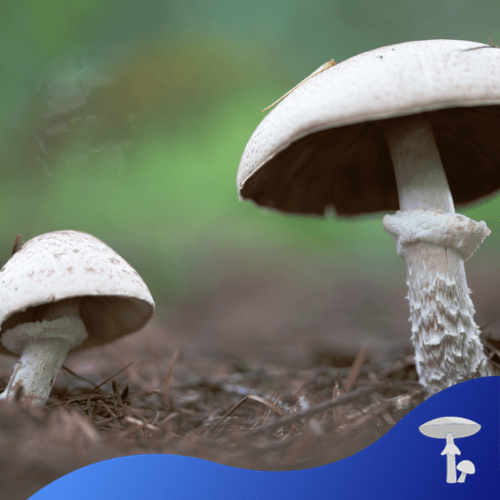
Destroying Angel (Amanita Virosa)
A pure white, deadly poisonous mushroom.
Where: broadleaved and mixed woodland, especially birch woodland. It grows on the ground.
When: July to November.
Funeral bell (Galerina marginata)
A small but deadly mushroom that grows in clusters on tree stumps and bark. It’s not particularly common in Britain.
Where: mixed or coniferous woods. Grows on dead and decaying wood.
When: August to November.
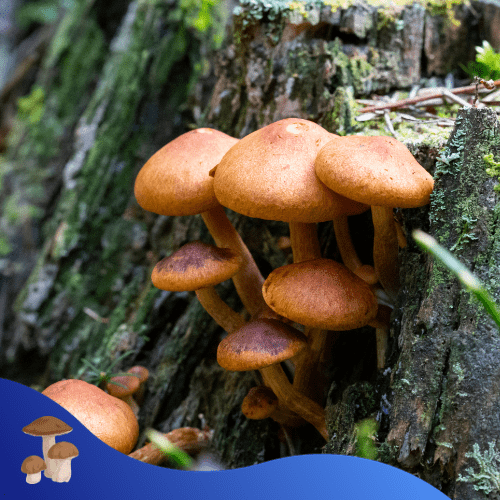
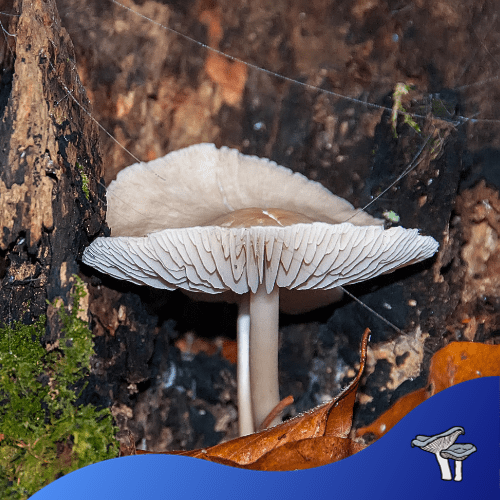
Fools Funnel (Clitocybe Rivulosa)
It’s also known as the sweating mushroom, describing its potentially deadly effects. Fool’s funnel often grows alongside the edible Scotch bonnet
Where: lawns, meadows, and other grassy areas.
When: July to early December.
Panther cap (Amanita Pantherina)
A beautiful but poisonous mushroom that’s uncommon in the UK.
Where: broadleaved woods, especially beech or oak.
When: July to November.
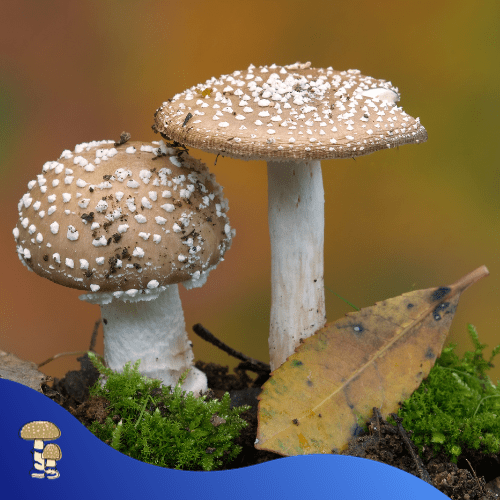
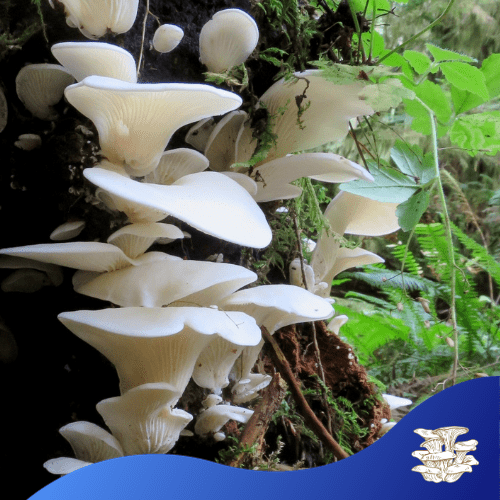
Angel’s wings (Pleurocybella porrigens)
This distinctive pure white bracket-like fungus grows in clusters on decaying conifer wood. It’s quite common in the Scottish Highlands and in Cumbria but it’s rare elsewhere.
Where: it grows on decaying stumps and branches in conifer woodlands.
When: autumn.
Fly Agaric (Amanita Muscaria)
Fly agaric is the home of fairies and magical creatures and a lover of birch woodland, where it helps trees by transferring nutrients into their roots, but if eaten can cause hallucinations and psychotic reactions.
Where: woodland and heathland with host trees.
When: July to November.
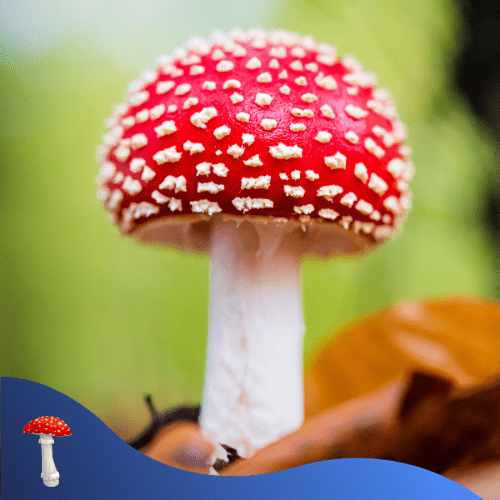
Symptoms of poisoning in dogs
The symptoms of mushroom poisoning in dogs vary depending upon the type of mushroom ingested. As mentioned previously, if you suspect that your dog has eaten a wild mushroom, do not wait for the symptoms to appear. The usual symptoms are as follows:
- Lethargy
- Diarrhea
- Seizures
- Vomiting and abdominal pain
- Weakness and loss of motor control
- Jaundice
- Coma and death
What is the treatment for mushroom poisoning?
As with most cases of poisoning, prompt treatment is critical to a successful outcome.
Decreasing the amount of toxin that enters the bloodstream may be accomplished using several methods. If your pet sees your vet soon after ingestion, they may induce vomiting to remove mushrooms from the stomach. A GI medication such as activated charcoal, will bind with the toxin and prevent its absorption.
Your pet will also be given intravenous (IV) fluids to combat dehydration and flush toxins from the body. Fluids also support kidney and liver function while toxins that have already been absorbed are processed.
How to prevent my dog From eating mushrooms?
Thank you for reading, until next time…

